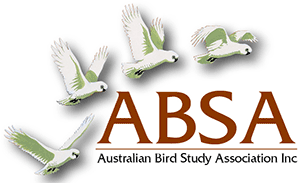Population trends of Silver Gulls Chroicocephalus novaehollandiae in breeding colonies in Port Jackson, Sydney
| Posted: |
27/07/2025 |
| Author(s): |
Ben Cottier, Benjamin Douglas Hope, Nicholas Carlile |
Silver Gulls Chroicocephalus novaehollandiae are a native species. They thrive in urban areas and can take advantage of new resources effectively. In the late 1980s, a breeding colony established itself in Port Jackson, Sydney. We look at how the size and location of this breeding population changed over time. We did a full count of all active nests in Port Jackson during peak breeding times in 2003, 2008, 2017 and 2018. The highest count of nesting pairs between 1988 and 1991 was 175. Then, in 2003, this number increased to 1,300 when gulls colonised Cockatoo Island for the first time. From 2003 to 2018, the breeding population size was relatively stable with counts 1,300 (2003), 1,070 (2008), 1,274 (2017) and 1,152 (2018). While the counts remained similar, the population spread out geographically. Silver Gulls were actively deterred from nesting during this period. This was unsuccessful at some sites, leading to gulls nesting over larger areas at lower densities. Land managers need to be mindful of the species’ ecology and breeding timing, and how birds react to disturbances. Consideration needs to be given to adjacent land managers for the consequences of relocating birds when carrying out active management. Limiting access to food in dining areas and outdoor spaces, along with better food waste management near breeding colonies, will help reduce conflicts between humans and silver gulls.
>> Download Abstract |
File Size: 224 KB
MEMBERSONLY
